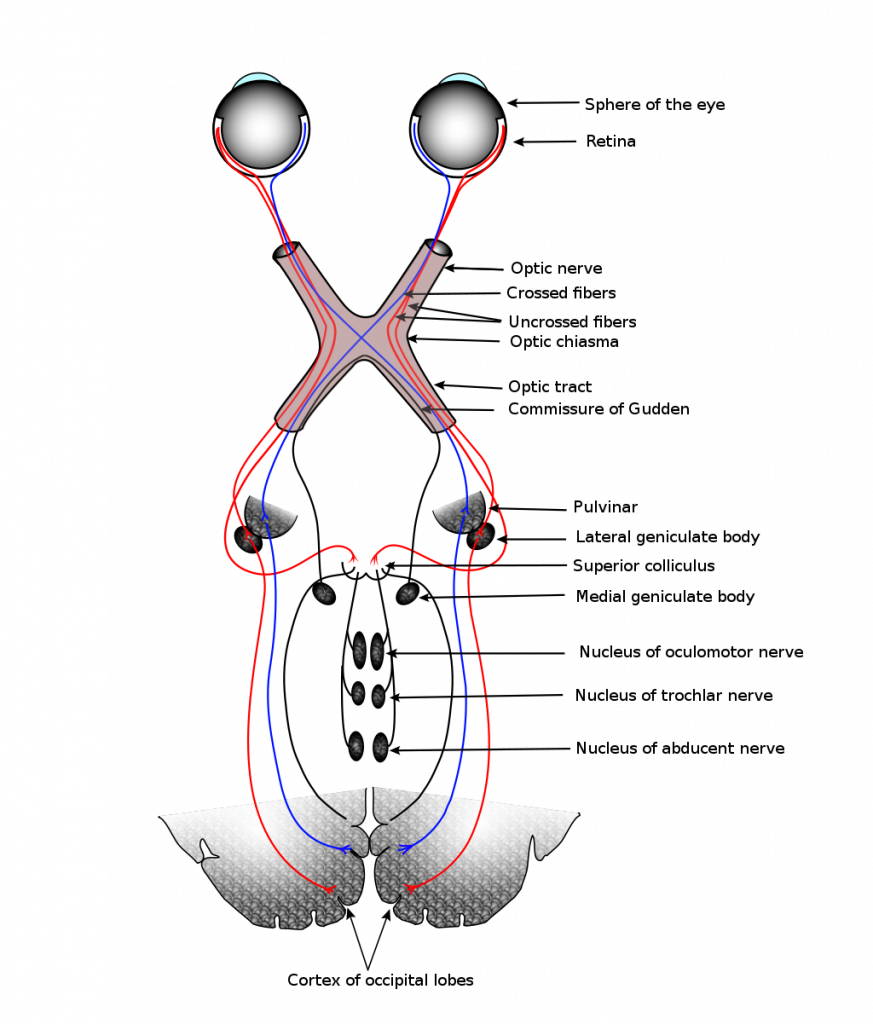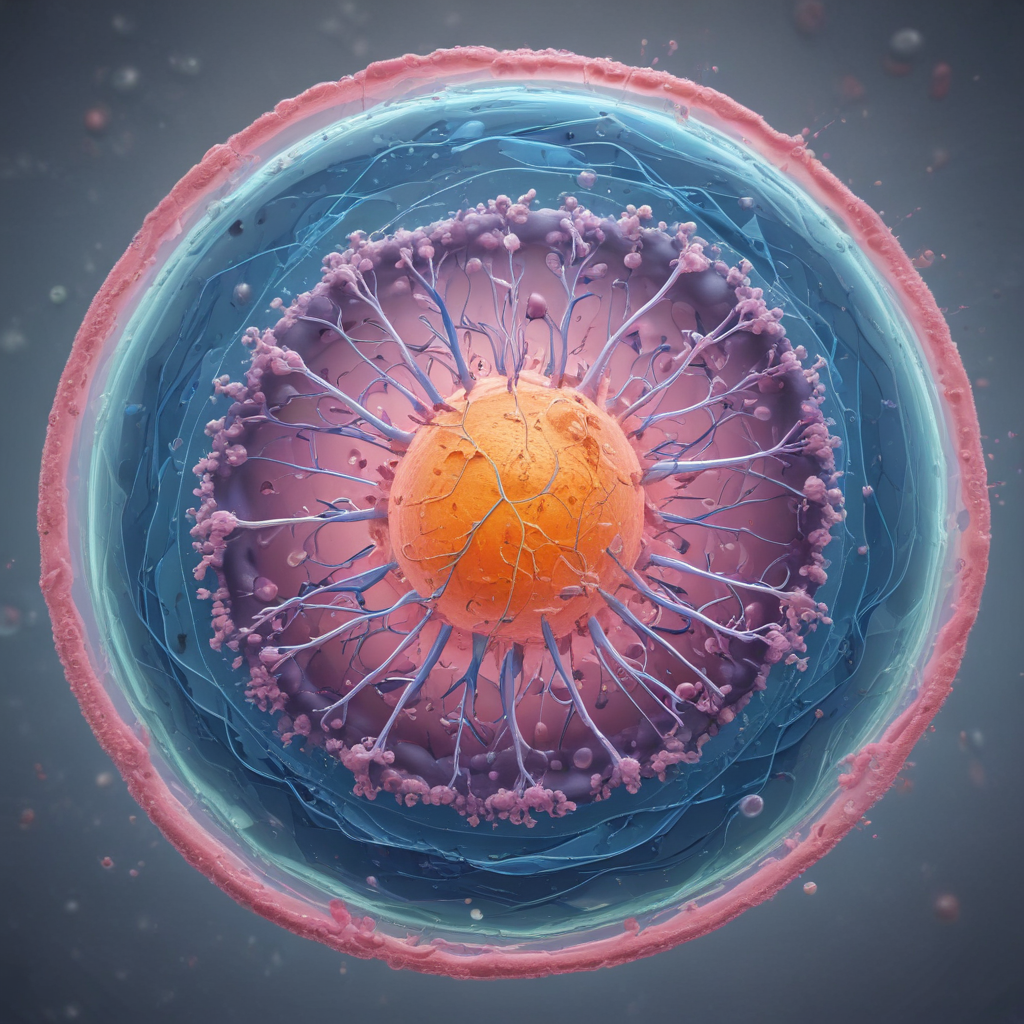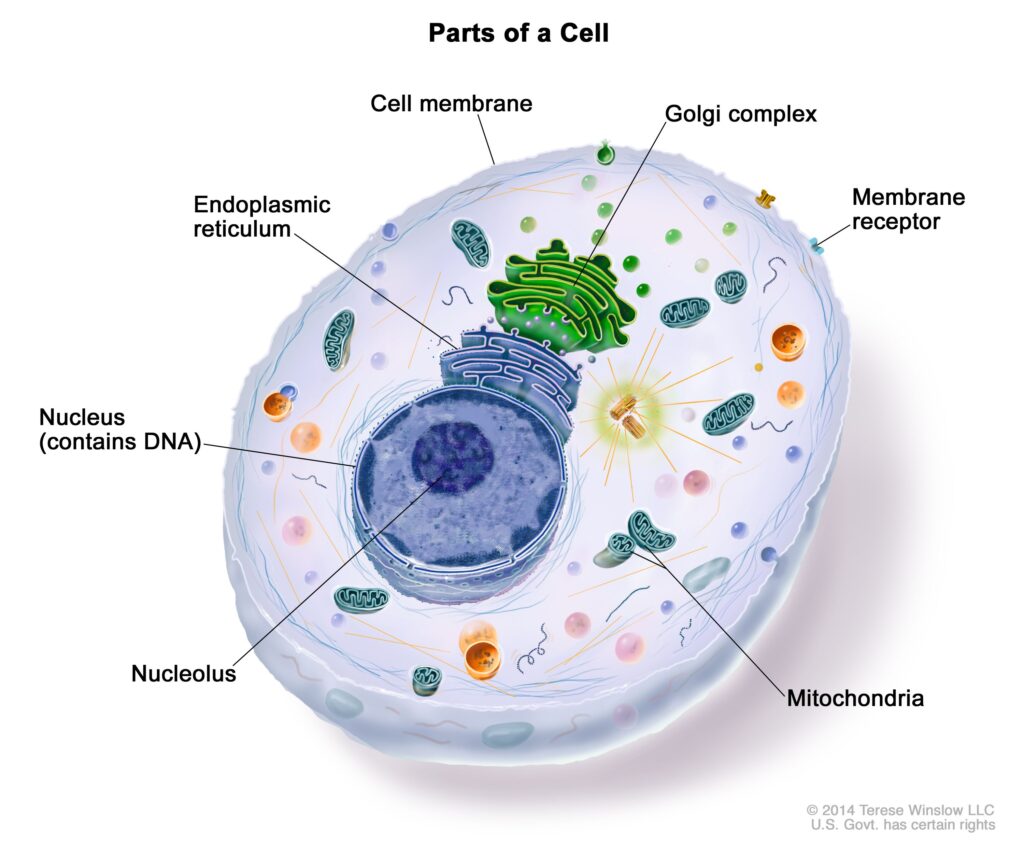Eyes Wide Open: The Mind-Blowing Journey of How You See
Ever stopped to think about how absolutely wild it is that you can see? Like, seriously, you open your eyes and boom – the whole world is just there, in all its colorful, chaotic glory. But have you ever wondered how that actually happens? It’s not magic, folks, it’s a mind-blowing journey that happens right inside your head. Let’s take a trip down the visual pathway and see how your brain turns light into the vibrant movie of your life.
Your Eye: The World’s Tiniest Movie Camera
Think of your eye like a super-advanced, miniature camera. Light, the star of the show, streams in through the cornea, a clear dome at the front. Your iris, that gorgeous colored part, acts like the camera’s aperture, controlling how much light gets in.
Next up, the lens – this flexible little champ fine-tunes the focus, making sure everything’s crystal clear. It’s like the camera’s autofocus, constantly adjusting to get the perfect shot. And where does that shot land? On the retina, the light-sensitive screen at the back of your eye. Packed with millions of photoreceptors – rods and cones – it’s basically a high-res sensor, capturing every detail. Rods are the night owls, working their magic in low light, while cones bring on the color and sharpness.
Phototransduction: Light’s Amazing Makeover
Now, buckle up, because things are about to get seriously cool. Inside those photoreceptors, light undergoes a mind-boggling transformation. It triggers a chain reaction, turning light energy into electrical signals – the language your brain speaks. It’s like translating ancient hieroglyphics, decoding the secrets of the visual world.
The Optic Nerve: Your Brain’s High-Speed Internet
These electrical signals are ready to hit the road, traveling through the intricate network of neurons in your retina. Bipolar cells and ganglion cells, like expert data processors, refine and organize these signals, prepping them for the big journey ahead.
And what’s the highway they take? The optic nerve, a super-fast fiber optic cable that carries all that visual data straight to your brain.
The Optic Chiasm: Where Things Get Trippy
Hold onto your hats, because things are about to get a little weird. At the base of your brain, the two optic nerves meet at a mind-bending intersection called the optic chiasm. Here, nerve fibers from the inner half of each retina do a switcheroo,crossing over to the other side of the brain.
Sounds crazy, right? But it’s all part of the plan. This crossover ensures that information from each side of your visual field ends up in the right hemisphere of your brain. It’s like a perfectly choreographed dance, creating a seamless visual experience.
The Lateral Geniculate Nucleus: The VIP Lounge
The visual signals, now cruising through the optic tracts, make a luxurious pit stop at the lateral geniculate nucleus (LGN) in the thalamus. Think of it as the VIP lounge, where the signals get pampered and prepped for the grand finale. The LGN organizes and filters the information, making sure everything’s in tip-top shape before sending it on its way.
The Visual Cortex: The Main Event
And now, the moment we’ve all been waiting for! The visual signals arrive at their final destination – the primary visual cortex, the superstar at the back of your brain. Here, a spectacular show of neural activity unfolds as your brain starts to make sense of it all.
Different areas within the visual cortex have their specialties, processing color, motion, and shapes. It’s like a team of expert artists, each adding their own brushstrokes to create the masterpiece that is your visual perception.
Beyond the Visual Cortex: The Movie of Your Life
But wait, there’s more! The visual journey doesn’t end in the visual cortex. Information travels to other parts of your brain,allowing you to recognize objects, faces, and scenes. It’s like adding the soundtrack, special effects, and plot twists to the movie of your life.
Your Vision: A Masterpiece in the Making
So, next time you’re gazing at a stunning sunset or laughing with friends, take a moment to appreciate the incredible journey that light takes to create those moments. Your vision isn’t just about seeing, it’s about experiencing the world in all its vibrant beauty.
And remember, this amazing show is happening inside your head every second of every day. It’s a testament to the mind-blowing power of your brain and the miracle of human perception. So keep those eyes wide open, and never stop marveling at the world around you.
Understandings
Seeing is a remarkable feat, and the visual pathway is the intricate route that makes it possible. Light entering your eye first lands on the retina, a light-sensitive layer packed with rods and cones. These tiny cells convert light into electrical signals. Millions of these signals then travel down the optic nerve from each eye. At a crucial junction called the optic chiasm, the nerves from the inner halves of your eyes crisscross. This ensures proper visual field processing in the brain.After the chiasm, information separates based on left or right visual field and travels along optic tracts. Finally, the signals reach the lateral geniculate nucleus, a relay station in the thalamus that sorts and prepares them. The journey culminates in the visual cortex, located in the brain’s occipital lobe. Here, the electrical signals transform into the vivid image you perceive, allowing you to experience the world around you.
References & Further Reading:

- Recent Research:
- Changes of Visual Pathway and Brain Connectivity in Glaucoma: A Systematic Review:https://www.frontiersin.org/journals/neuroscience/articles/10.3389/fnins.2018.00363/full
- Psychophysical testing in rodent models of glaucomatous optic neuropathy:https://pubmed.ncbi.nlm.nih.gov/26194818/
- Books:
- Visual Fields via the Visual Pathway by Fiona Rowe (2nd Edition): https://www.routledge.com/Visual-Fields-via-the-Visual-Pathway/Rowe/p/book/9781482299632
- Neuroscience: Exploring the Brain by Mark F. Bear, Barry W. Connors, and Michael A. Paradiso (4th Edition)



